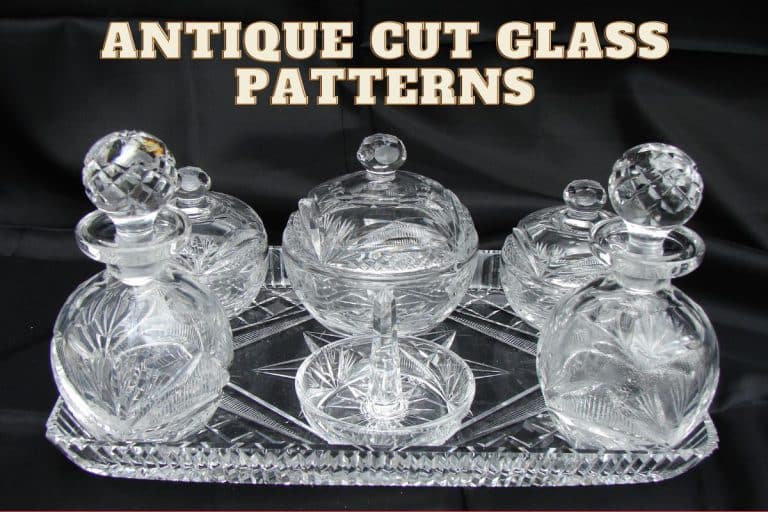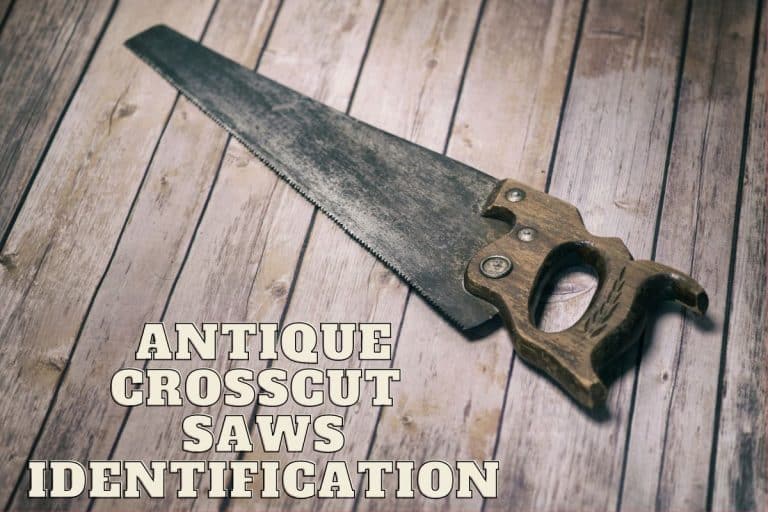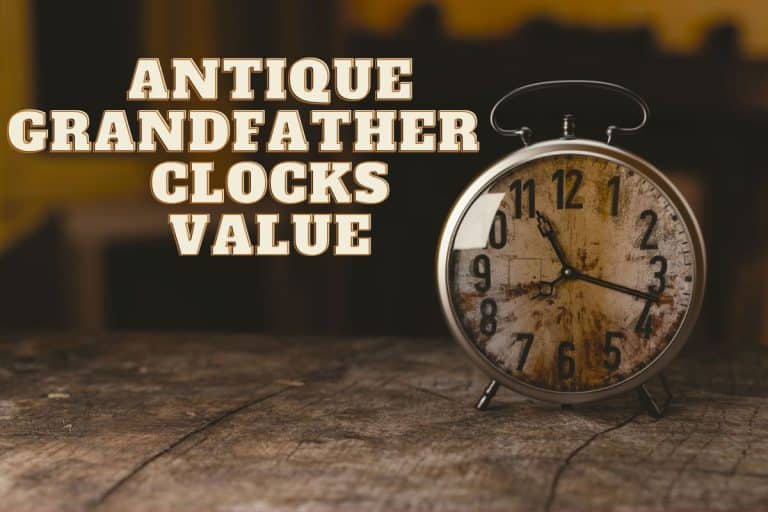Do you appreciate the beauty and history of antique tools? We'll delve into their origins, different types, how to identify them, and where to find them. Whether looking for a unique addition to your collection or a reliable tool with character, antique hammers offer practicality and charm. Let’s get started.
Antique hammers are more than just tools – they're a piece of history in your hands. Antique hammers have a story to tell from the intricately designed handles to the unique shapes of the heads.
Whether you're a collector or appreciate vintage items, this complete guide on antique hammers will take you through everything you need to know about these timeless treasures. Read on to learn and discover the fascinating world of antique hammer collecting.
Antique Hammer Identification
There are a few things to look for when identifying an antique hammer.
- The Design: One way to tell if a hammer is truly antique is by its design. Older hammers tended to be simpler, with straight lines and no frills. The handles were also usually shorter than those on modern hammers. If you come across a hammer with these characteristics, it's likely an antique.
- The age of the hammer: Another way to determine the age of a hammer is by looking at the materials it's made from. In the past, most hammers were made from wood or metal. If you see a hammer made from plastic or other synthetic materials, it's probably not an antique.
- The markings: take a look at any markings on the hammerhead. These can often give clues as to who made the hammer and when it was made. Seeing a name or initials can indicate that the hammer is indeed old. Antique hammers are often sought after by collectors, so if you think you've found one, do some research to be sure before you buy it.
- Consult reference materials: Consult books, online resources, or experts specializing in antique tools to help you identify your hammer. These resources can provide valuable information on the history, makers, and types of hammers, as well as tips on determining authenticity and value.
Types of Antique Hammers
There are many different types of antique hammers, each with a unique purpose. Here is a guide to some of the most common types:
Claw Hammers: Claw hammers are the most common type of hammer and are typically used for driving nails into wood. They have a claw on one side of the head, which can pull nails out of wood.
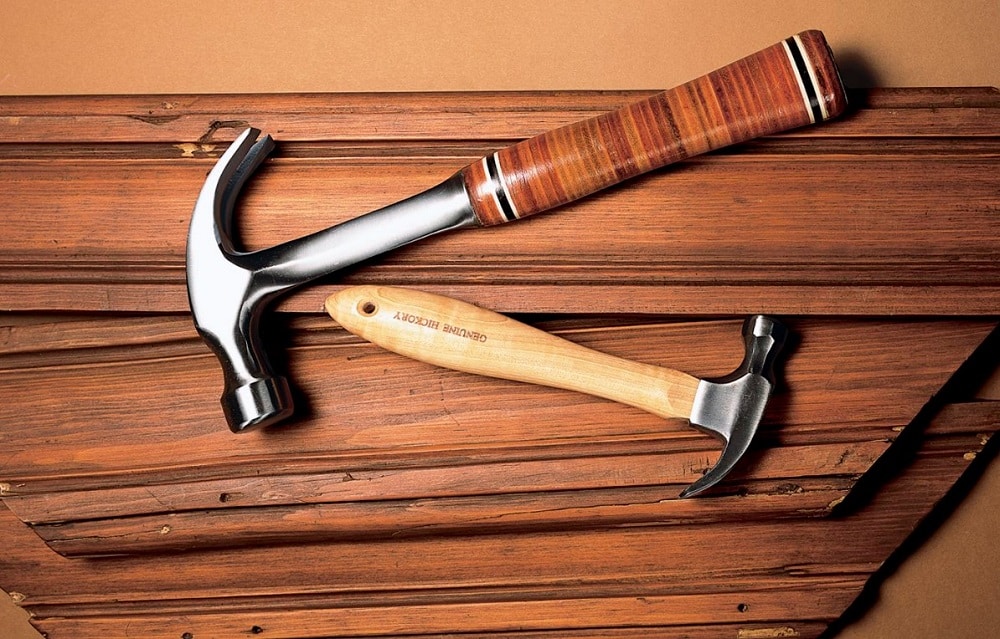
Ball-Peen Hammer: Also known as a machinist's hammer, it features a flat striking face and a rounded “peen” on the other side. It was primarily used for metalworking tasks such as shaping, riveting, and peening.
Cross-Peen Hammer: This hammer has a flat striking face and a horizontal peen on the opposite side. It was often used in blacksmithing and metalworking to shape and forge metal.
Straight-Peen Hammer: Similar to the cross-peen hammer, but with a vertical peen instead of a horizontal one. It was also used for blacksmithing and metalworking tasks.
Veneer Hammers: Veneer hammers are similar to claw hammers but have a flat head on one side instead of a claw. They are used for striking veneer chisels and can also be used for driving nails into wood.
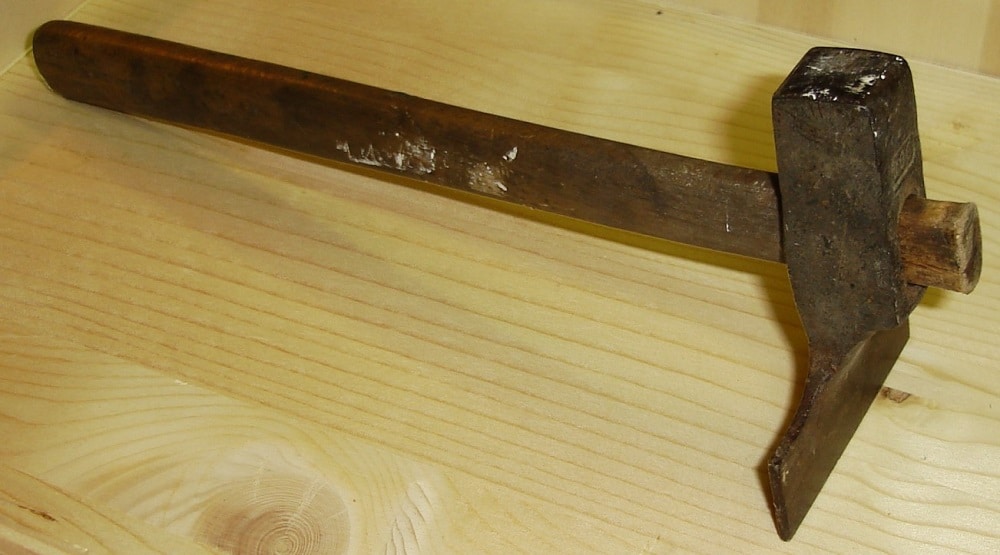
Stone Sledgehammer: A hammer specifically designed for stone carving and masonry work, featuring a flat striking face and a chisel-like edge on the opposite side for cutting and shaping stone.
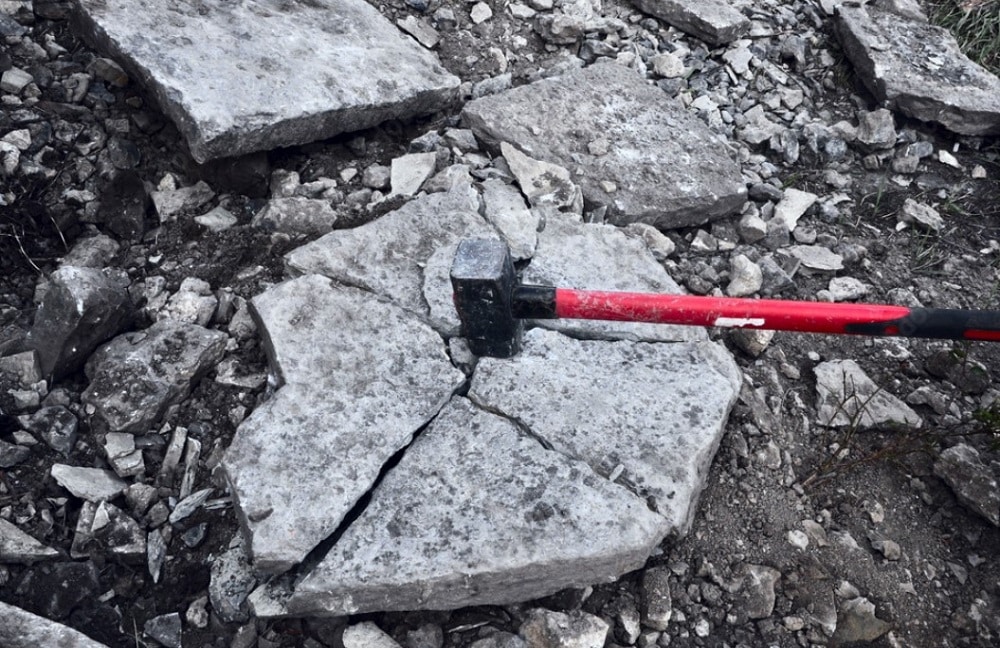
Blacksmith’s Hammer: A category of hammers used by blacksmiths, including cross-peen, straight-peen, and rounding hammers. These hammers were designed for shaping and forging metal, and their sizes and shapes varied based on the specific tasks they were intended for.
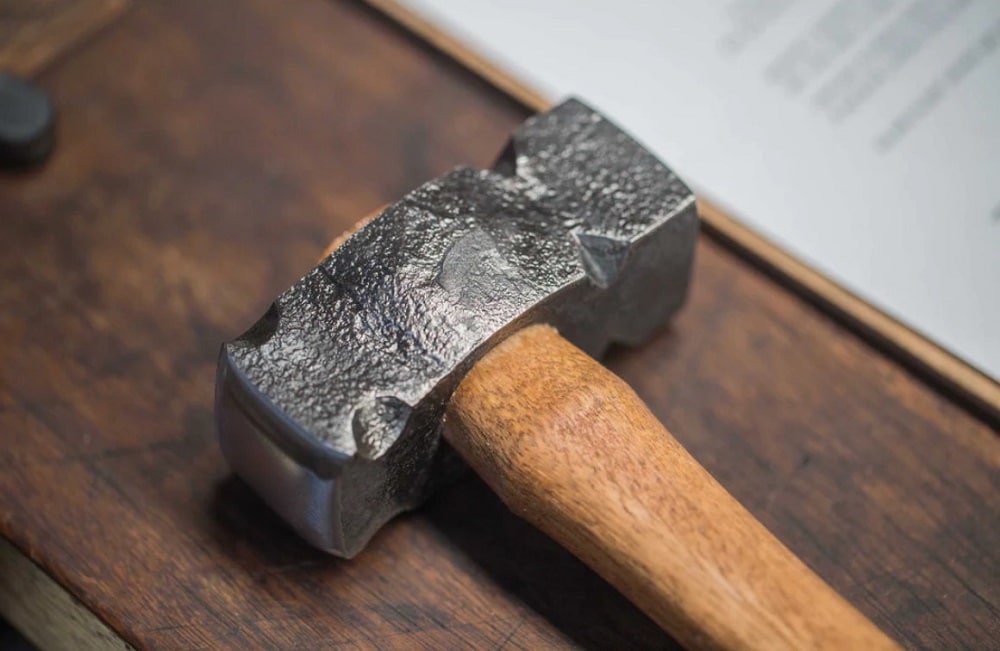
Sledgehammer: A large, heavy hammer with a long handle and a flat, broad striking face. It was typically used for demolition work, driving stakes, or breaking up large objects such as rocks or concrete.

Gavel: A gavel is a small hammer traditionally used by judges in courtrooms to signal the start and end of proceedings and maintain order in the courtroom.

Tack Hammer: A small, lightweight hammer with two flat, narrow striking faces. It was commonly used for driving small nails or tacks, often in woodworking or leatherworking applications.
How to Assess the Value of Antique Hammers?
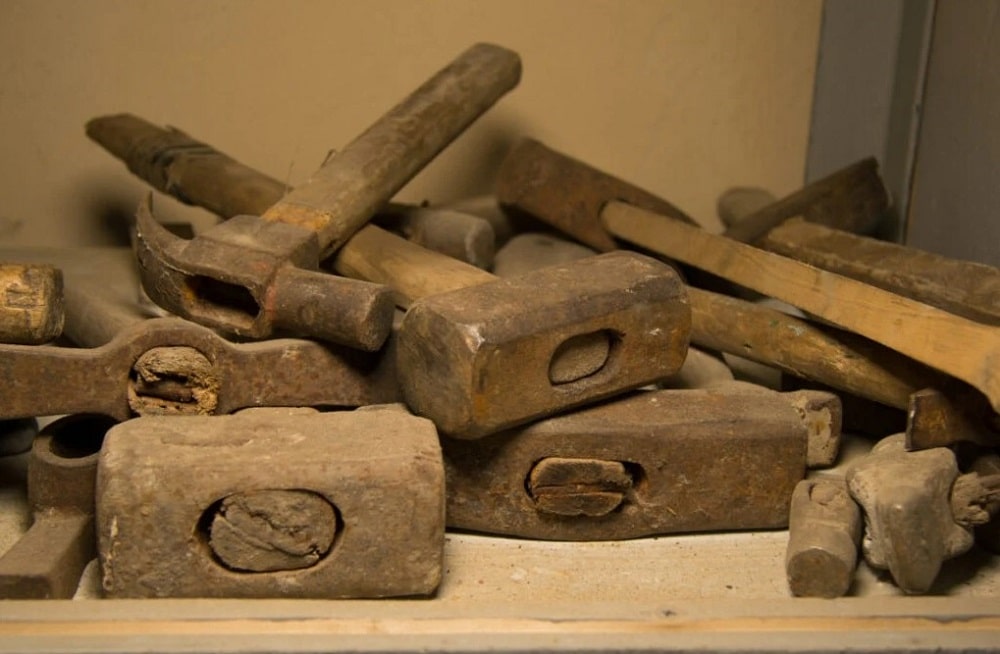
When assessing the value of an antique or vintage hammer, there are a few key factors you will want to keep in mind.
- Consider the age of the hammer. The older the hammer is, the more valuable it will be.
- Take a look at the condition of the hammer. If it is in good condition, it will be worth more than in poor condition.
- Think about whether or not the hammer is rare. If it is a common hammer, it will be worth less than a rare hammer.
- Consider what the hammer is made of. If it is made of precious materials like gold or silver, it will be worth more than if made of less valuable materials like wood or plastic.
Consider these factors when assessing the value of an antique or vintage hammer, and you should be able to come up with a pretty accurate estimate.
Where to Buy and Sell Antique Hammers?

You can buy and sell vintage and antique hammers in several places. The first place to look is at thrift stores or auction markets. These are great places to find deals on gently used items. Another option is to check out local hardware stores or pawn shops. These businesses typically have a wide selection of tools and may be able to offer you a good deal on an antique hammer.
Buying Hammers Offline
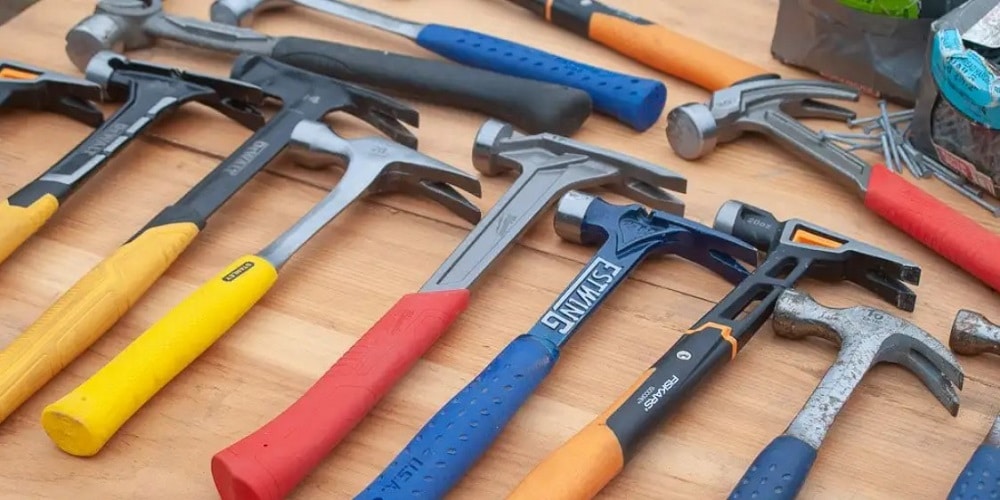
There are a few things to keep in mind when buying hammers offline.
- It is essential to find a reputable dealer. Many fake antique dealers are out there, so it is necessary to do your research before purchasing.
- It is essential to inspect the hammer thoroughly before buying it. Ensure the head is not loose and the handle is not cracked or splintered.
- Be prepared to pay more for an offline purchase than an online one. This is because offline dealers typically charge more for their products.
Buying Hammers Online

There are many reasons why you might want to buy a hammer online. Maybe you're an antique collector looking for a specific type of hammer that's hard to find in stores. Or perhaps you're a DIYer who likes to get their tools from online retailers. Whatever the reason, you should remember a few things when shopping for hammers online.
- Make sure to do your research before buying anything. There are a lot of fake antique hammers out there, so it's important to know what you're looking for and what to avoid. There are also a lot of cheap knock-offs, so don't be afraid to spend a little extra money on something if it means getting a quality product.
- Pay attention to the shipping costs. A lot of times, the shipping costs can be almost as much as the hammer itself! If you're buying multiple hammers, try to find a retailer that offers free or discounted shipping.
- Remember that you can always return an online purchase if it's not what you expected. Most reputable retailers have return policies, so you can return it without hassle if something isn't quite right. Keep your receipt and any packaging materials so the process is as smooth as possible.
Conclusion
The best hammer for you is the one that fits your needs and preferences. Suppose you're looking for an antique hammer to add to your collection or need one for a specific purpose, research to find the perfect one. With so many different types and styles of antique hammers, there's sure to be one that's perfect for you.



